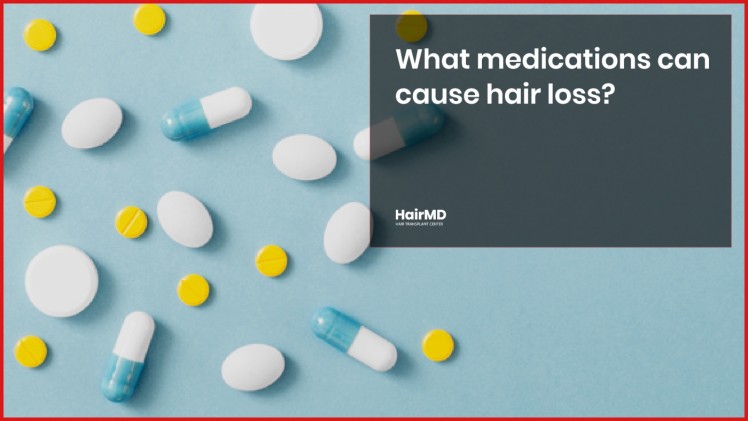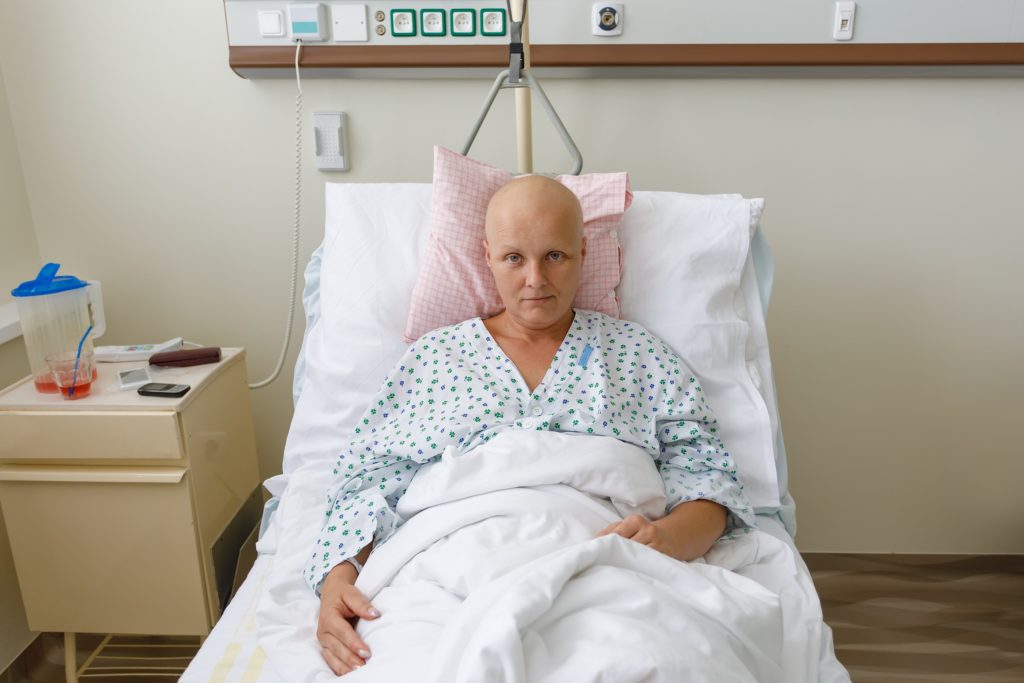Table Of Content

Triggers can include an acute illness, stress, a severe nutritional deficiency, rapid weight loss — or a drug that proves toxic to hair follicles. Drugs can be the culprit for a condition known as drug-induced telogen effluvium, which leads to increased shedding on top of the scalp a few months after exposure. Different drugs cause hair loss at different stages of the hair growth cycle. Some medications affect hairs in the resting (telogen) phase, while others affect hairs in the growing (anagen) phase. Baldness is often hereditary, and is activated by a shift in your hormones. Many drugs and supplements designed to treat acne contain retinoids, which have high levels of vitamin A.
What are the signs of hair loss in women?

However, your best bet if you’re suffering from hair loss is to see a board-certified dermatologist who can determine what’s causing your alopecia and then recommend a treatment plan. A variety of treatments have been developed to help regrow hair and thicken existing hair on patients with alopecia, dermatologists say. Their effectiveness largely depends upon what type of alopecia you have and how quickly you start treatment. Here, dermatologists share what you need to know about alopecia, including possible causes, treatment options and what you can do to prevent more hair loss.
How do I know which type of hair loss I have?
Tinea capitis requires systemic treatment; topical antifungal agents do not penetrate hair follicles. Because griseofulvin may have lower cure rates in the treatment of T. Tonsurans infections, it may not be as effective when used empirically.15 All close contacts of patients with tinea capitis should be examined for signs of infection and treated, if necessary.
What? Another medical form to fill out?
You have several different treatment options to address hair loss caused by female pattern baldness and other types of alopecia. A doctor or dermatologist can help you identify the best approach for your needs. Important clues to the etiology of different patterns and types of hair loss are listed in Table 1 and Table 2.
7 Hair Growth Supplements - Verywell Health
7 Hair Growth Supplements.
Posted: Wed, 15 Nov 2023 08:00:00 GMT [source]
With telogen effluvium, hair loss may not be severe and may not affect much hair. Usually, the hair loss goes away on its own without any treatment. During this phase, the hair follicle shrinks, and hair growth slows down. Many commonly prescribed medications can cause temporary hair loss, baldness, and even permanent hair loss. You can prevent hair loss caused by chemical hair treatments by not using them.
Common symptoms
Some are available OTC, while others require a doctor’s prescription. BlinkRx is an online pharmacy that claims to provide people with the lowest prescription prices for a wide range of medications. A person can get a 3-month supply of both treatments for $35 per month. A 3-month supply of oral finasteride costs $20 per month, and the same supply of topical minoxidil costs $16 per month.
The medications may also trigger the onset of male- or female-pattern baldness. Male-pattern hair loss occurs on the top and front of the head. By contrast, female-pattern hair loss is seen on the top of the head. Hormone therapies can trigger hormone imbalances in women, causing hair loss — and potentially causing permanent female pattern baldness.
People experiencing female pattern baldness may also notice a general thinning of hair on the top of your head, but hair loss typically won’t occur on the front of your scalp, per Harvard Health. Oral finasteride is a prescription medication for men who have male pattern hair loss, or androgenetic alopecia. Finasteride slows the rate of hair loss and stimulates new hair growth by inhibiting the body’s production of a hormone that destroys hair follicles. This medication is taken once a day by mouth and is most effective when taken at the same time each day. If you notice increased hair loss, you’ll want to make an appointment with a dermatologist or other healthcare professional.
This occurs in the “resting” phase of the hair follicle, but new hair growth continues. Doctors often prescribe oral medications to be used along with topical minoxidil because studies show the combination boosts hair production. Low-dose oral minoxidil (prescribed off-label) has been found to be effective and safe for most patients, Mirmirani says.
This is a procedure in which your doctor removes hair from a part of your scalp where hair growth is full and implants it into an area where hair is thinning. Traction alopecia is a type of hair loss that's brought on by the way you style your hair. Hairstyles like cornrows, braids, or tight ponytails can cause it.
These FDA-cleared devices use laser energy to directly revitalize and stimulate hair follicles, working to promote the growth of new healthy hair with low-level laser therapy (LLLT). The laser devices help increase blood circulation and remove waste in the follicle to support natural hair growth and help thicken existing hair. If you’ve noticed signs of female pattern baldness, know you’re far from alone. According to the American Osteopathic College of Dermatology (AOCD), this condition is common in women, especially after menopause.
Because many conditions can cause hair loss, there are no routine tests to evaluate hair loss. Laboratory testing is indicated when the history or physical examination findings suggest an underlying comorbidity. Your hair can regain its usual fullness 6 to 9 months after childbirth. If your hair loss is due to a medical condition, the cost of a wig might be covered by insurance. Explore Mayo Clinic studies testing new treatments, interventions and tests as a means to prevent, detect, treat or manage this condition.
No comments:
Post a Comment